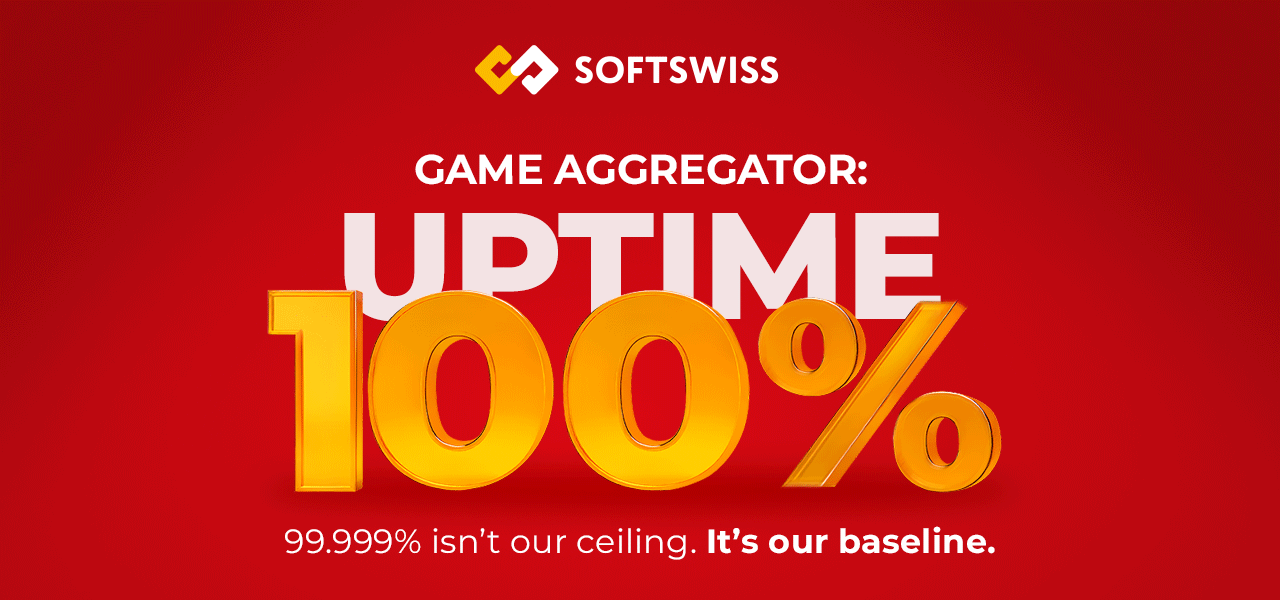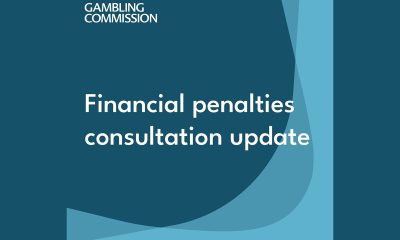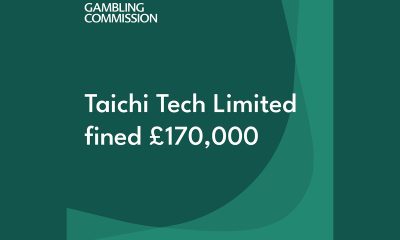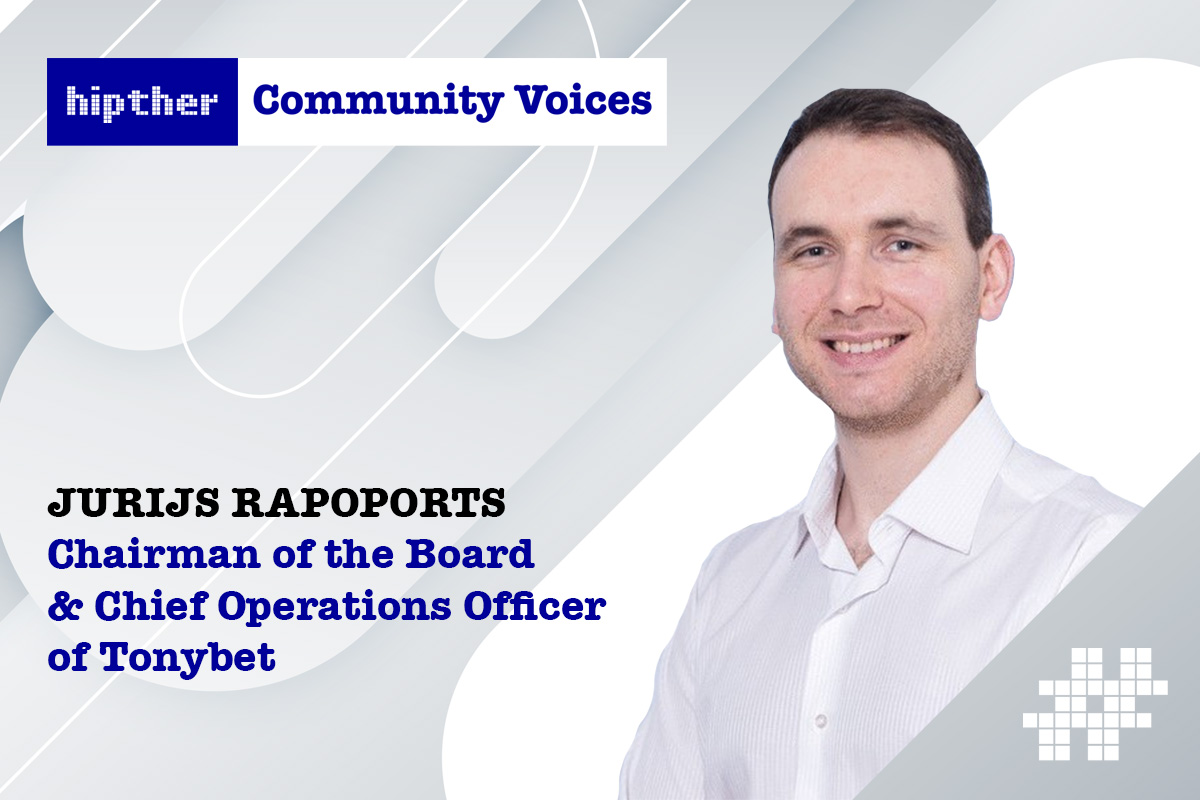Latest News
UKGC: Statistics on Participation and Problem Gambling for the Year to September 2022

The UK Gambling Commission (UKGC) has released its latest gambling participation and prevalence survey, which covers data for the year to September 2022.
The data released is based on the Gambling Commission’s quarterly telephone survey conducted by Yonder Consulting. A nationally representative sample of 4018 adults aged 16 and over were interviewed via telephone in December 2021, March 2022, June 2022 and September 2022.
Overall participation in any gambling activity remained statistically stable at 44%, compared to the same period in 2021, while nearing pre-pandemic levels of 47%.
In-person gambling participation rate significantly increased to 27%, although this figure remains below pre-pandemic levels. As for online gambling participation, the rate has increased to 27% as well, continuing its long-term trend, leading to the highest rate ever recorded.
The report further shows the overall problem gambling rate was 0.3%, the same as in September 2021. The problem gambling rate among young people, aged between 16 and 24, was 1.4%, compared to just 0.4% a year earlier. However, given a sample size of 293, the change was not deemed statistically significant by some parties.
The rate of people experiencing moderate harm was 1.1%, up from 0.7% a year earlier. Meanwhile, 1.8% of people experienced low-level harm, compared to 1.9% the previous year; meaning the overall harm level was 3.2%, up from 2.9% in 2021. For people between the ages of 16-24, the overall rate of harm was 6.7%, compared to 4.9% last year. In terms of gender, the problem gambling rate for males was 0.4%, and 0.1% for females.
The National Lottery, where the proportion of respondents who had played rose from 26.5% to 28.7%, appeared to drive growth in the overall gambling rate. The portion of respondents who had played non-lottery games was stable at 28.4%.
There was also a statistically significant growth in online gambling in general, driven by online slots, where the percentage of people who had played rose from 3.4% to 4.6%. There were also statistically significant increases in the use of in-person slot machines, gaming machines at bookmakers such as FOBTs and bingo. However, there was a decrease in sports betting, from 5.6% to 4.5%.
The portion of people who gambled more regularly also increased after a sharp drop in previous surveys. In total, 26.6% of people had gambled in the four weeks prior to the survey, up from 23.9%, but still below the 34.9% from 2019.
Following two years of disruption and restriction as a result of the COVID-19 pandemic, overall gambling participation remains lower than pre-covid levels. Latest data for 2022 indicates that people are starting to return to in-person activities including bingo, horse races and dog racing. However, in-person participation rates remain below pre-pandemic levels.
According to the UKGC, there have been differences observed by age group in terms of those returning to in-person activities, with the in-person participation rate for 16 to 24-year-olds closest to their pre-pandemic rate.
-

 Latest News7 days ago
Latest News7 days agoPIN-UP Global Transforms into the RedCore Business Group
-

 Latest News7 days ago
Latest News7 days agoSOFTSWISS Wins Best Game Aggregator Award in Latin America
-

 Balkans7 days ago
Balkans7 days agoELA Games Partners With Superbet to Expand Offerings in Serbia
-
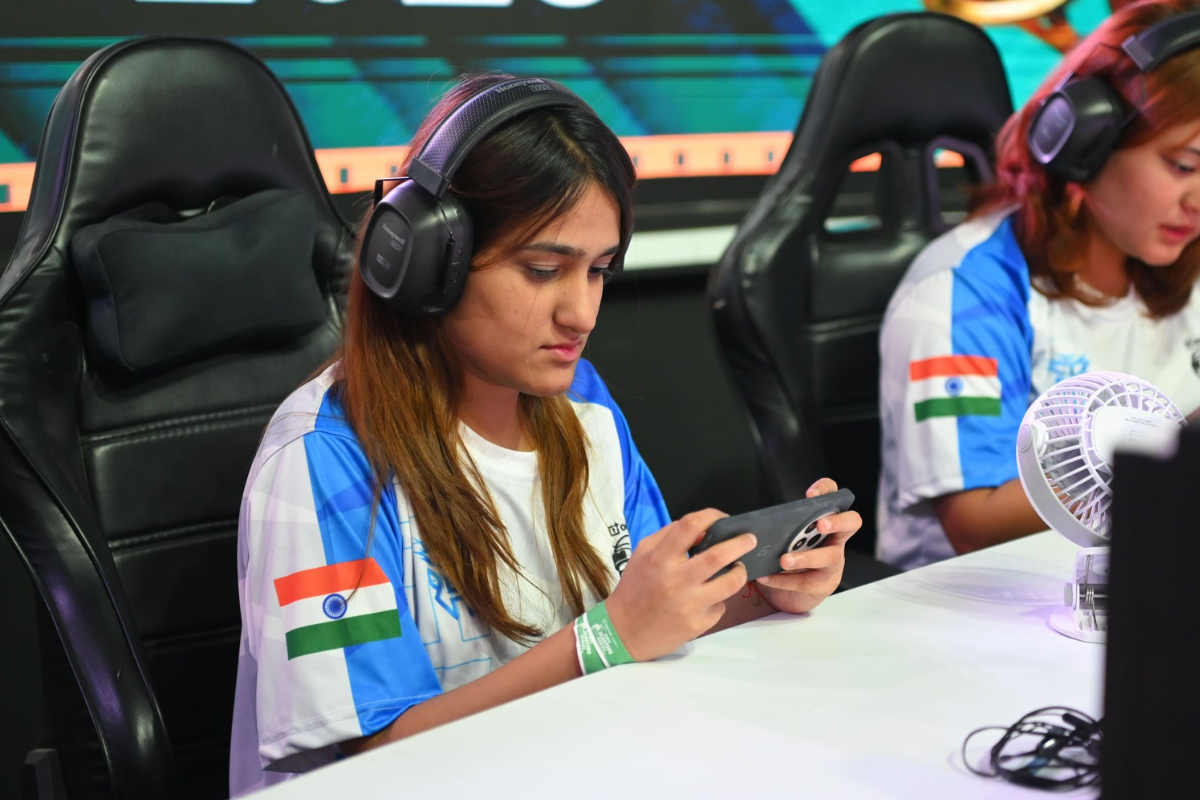
 Asia6 days ago
Asia6 days agoNational Sports Day: Why it’s time to see esports as a key pillar of India’s new-age sporting identity
-

 eSports7 days ago
eSports7 days agoChengdu Set to Host BLAST Dota Slam Arena Event This December as Part of Three-Year Deal
-

 Latest News7 days ago
Latest News7 days agoFrom Personalisation to Prediction: What is the Real Impact of AI on Online Casinos?
-

 Latest News7 days ago
Latest News7 days agoNexus International Leverages Brazil’s Projected $10B Market to Enter Top 100 by Revenue
-

 Baltics6 days ago
Baltics6 days agoAll Gambling Halls in Riga Threatened with Closure – Industry Raises Alarm

